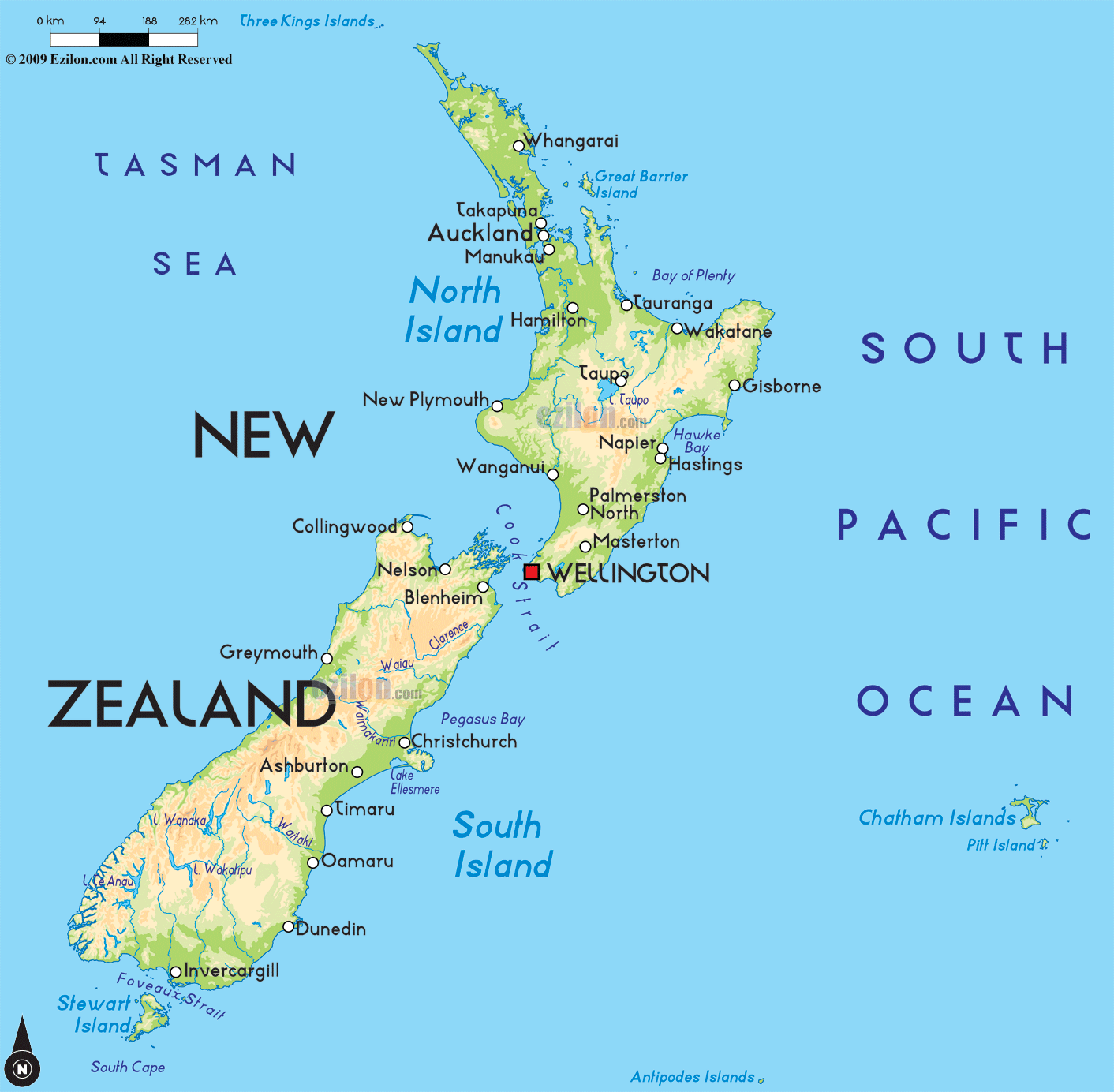New Zealand election: what could happen?, World news, New Zealand election updates
- Details
- Category: World Election News
- Last Updated: Thursday, 22 January 2015 21:03
New Zealand election: what could happen?

There are 70 electorates in New Zealand, including seven Maori electorates that span the country (Maori voters can choose to be on the Maori or general roll). Voters have two ticks: one for an electorate MP, the other for a party. The party vote determines the composition of parliament, with the remaining places in the 120-seat parliament filled from party lists to achieve that.
Parties only qualify for list seats if they satisfy at least one of two criteria: reaching 5% of the overall party vote, or winning an electorate seat.
New Zealand’s MMP (mixed member proportional) electoral system, introduced in 1996 to replace the first-past-the-post method, usually results in days or weeks of negotiation (aka horse-trading) following the election. A range of possible combinations and configurations are possible.
National rules alone
It is rare in MMP-style systems for a single party to receive an absolute majority, and has not happened in New Zealand in the 18 years since the electoral overhaul took place. The National party has frequently polled over 50% in the last few years but goes into the election averaging about 46.5%. A result shy of 50% may nevertheless be enough to win a majority, especially if one or more parties fall narrowly short of the 5% threshold and win no electorate. Their percentage support is proportionately distributed among the surviving parties.
The Helen Clark led Labour party in 2002 was, like National in 2014, “in striking distance of getting more than half the seats in parliament”, says Nigel Roberts, a political scientist and adjunct professor at Victoria University of Wellington, but their hopes of ruling alone were “completely skedaddled” after the release of a damaging book by Nicky Hagar – who also wrote Dirty Politics, which derailed the first part of the current campaign. “Judging by the recent polls, I’ll be surprised if National were to get an absolute majority,” says Roberts.
Likelihood: low
National-led coalition
National could enter a formal coalition with one of two parties: New Zealand First or the Conservatives, though the latter is polling slightly below the magic 5%. This would see members of the smaller party take full roles in cabinet and pledge collective responsibility. Other smaller parties may still negotiate support arrangements.
Likelihood: decent chance
Labour-led coalition
Labour are struggling, but not yet out of the race. They have long indicated a preference for a full coalition with the Green party, but they would almost certainly need New Zealand First’s support – whether in a full-blown coalition or as a support party outside cabinet – to make it work. On top of that they’d very likely need support in some form from the Kim Dotcom backed Internet Mana party and perhaps even the Maori party.
Likelihood: You never know
National with support partners
A familiar sight in post-MMP politics is parties agreeing to “confidence and supply” arrangements, in which support parties guarantee to back the government in confidence votes and on the budget in exchange for policy concessions and ministerial portfolios outside cabinet. This is the model John Key’s National party has adopted in both its past two terms, with support coming from the Maori party’s handful of MPs and one-man bands ACT and United Future, and the option they hope to repeat after Saturday.
Likelihood: reasonable
National minority government
Both main parties might fail to assemble the support to achieve a parliamentary majority, and New Zealand First’s mercurial leader, Winston Peters, who pointedly refuses to discuss post-election deals during campaigning, may announce that his party will give no guarantees to anyone and instead sit on the crossbenches.
In that scenario, National, with or without support parties, could chance its arm and go to the governor general asking for parliament to be recalled so that it can test its viability. The approach – a version of which is being played out in Sweden at the moment – brings serious risks of instability, however, and international experience suggests that, should another election be required in short time, smaller parties are likely to be punished.
“The danger is that at some point in the future, not having an absolute majority could lead to the defeat of a government,” says Roberts. “On the other hand, no government in New Zealand has been defeated on a vote of confidence since 1928. And not once under MMP has any vote of confidence realistically come anywhere near succeeding.”
Likelihood: low
Grand coalition
New Zealand hasn’t seen a grand coalition in almost 100 years, and it’s not about to happen now, with National and Labour having ruled out the idea, despite some observing that in a number of areas their policies are more compatible with each other’s than with their more likely coalition partners.
Likelihood: Not in peacetime
src:theguardian


